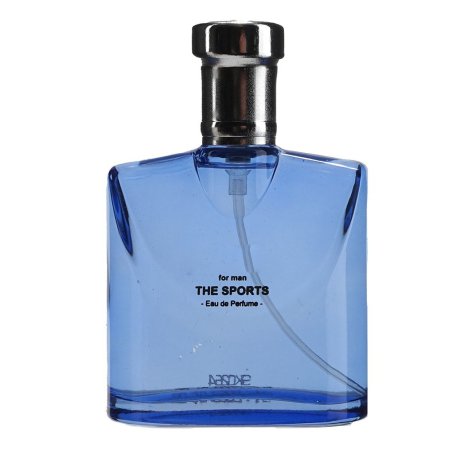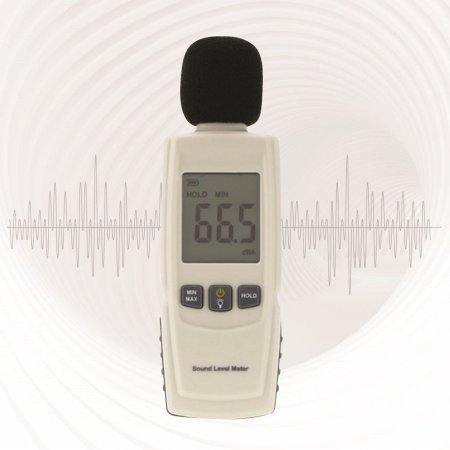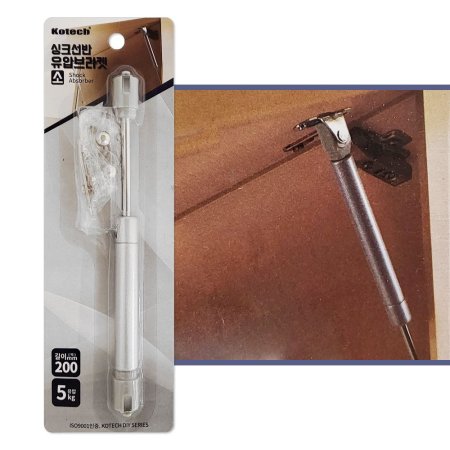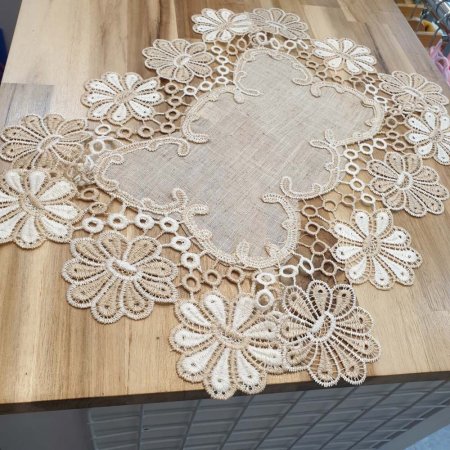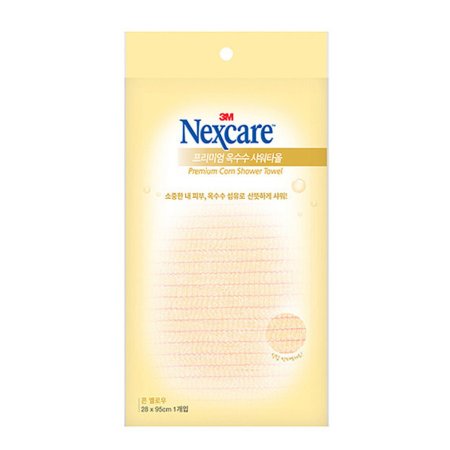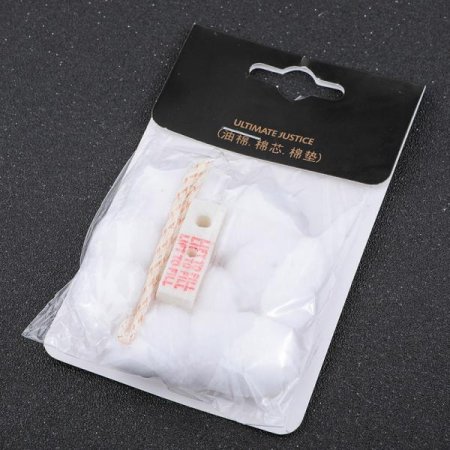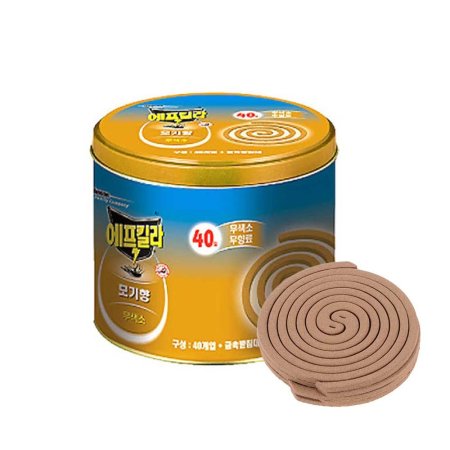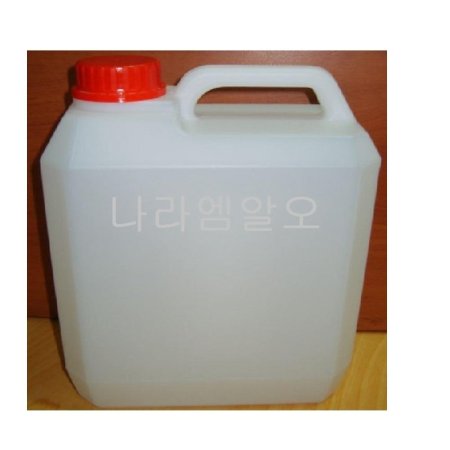[국가유산청](국영문 동시배포) 자주독립을 향한 의지, 100여 년 만에 고국 품으로 돌아오다

국가유산청(청장 최응천)은 광복절을 하루 앞둔 8월 14일 오전 10시 30분 국립고궁박물관(서울 종로구)에서 국외소재문화유산재단(이사장 김정희, 이하 ‘국외재단’)을 통해 우리나라의 자주독립과 관련되어 있는 문화유산인 <한말 의병 관련 문서>, <한일관계사료집(韓日關係史料集)국제연맹제출 조일관계사료집>(이하 ‘한일관계사료집’), <조현묘각운(鳥峴墓閣韻)> 시판(詩板)을 일본과 미국 등 국외에서 환수해 언론에 최초로 공개한다.
* <한말 의병 관련 문서>(19세기 중반∼20세기 초반 제작 / 종이, 2축), 크기: (두루마리Ⅰ) 세로 35cm×가로 406.5cm, (두루마리Ⅱ) 세로 35cm×가로 569.5cm
* <한일관계사료집>(1919년 대한민국임시정부 편찬 / 종이, 1질(전 4권, 완질)), 크기: 각 세로 32cm×가로 19cm
* <조현묘각운> 시판(19세기 중반∼20세기 초반 제작 / 나무), 크기: 세로 34cm×가로 50cm
올해 7월 복권기금을 통해 일본에서 환수한 <한말 의병 관련 문서>는 13도 창의군에서 활동한 허위, 이강년 등이 작성한 문서 9건과 항일 의병장 유인석의 시문집인 <의암집(毅庵集)>이 제작되던 현장에서 일제 헌병이 빼앗았던 유중교와 최익현의 서신 4건이다. 이 13건의 문서는 두 개의 두루마리로 표장(비단이나 두꺼운 종이를 발라서 책(冊)이나 화첩(?帖), 족자(簇子) 등을 만듦)되어 있는데, 각 두루마리 첫머리에 덧붙여진 글(추기)을 통해 일제 헌병경찰이었던 개천장치(芥川長治)가 이 문서들을 수집하고 지금의 형태로 제작(1939년)하였음을 확인할 수 있다.
* 13도 창의군(十三道倡義軍): 1907년 경기도 양주에서 조직된 항일 13도 연합의병부대
* 허위(許蔿, 1855∼1908): 13도 창의군 군사장, 제2대 총대장
* 이강년(李康年, 1858∼1908): 13도 창의군 호서창의대장
* 유인석(柳麟錫, 1842∼1915): 13도 의군(연해주 의병세력 통합체)에서 도총재로 활동하며 항일의병투쟁을 주도한 의병장
* 유중교(柳重敎, 1821∼1893): 위정척사를 주장한 화서학파의 중심인물로 의병장이었던 유인석 등 배출
* 최익현(崔益鉉, 1833∼1906): 조선 말기 유학자이자 위정척사론의 대표자로, 1905년 을사늑약이 체결되자 항일의병운동 전개를 촉구하며 직접 의병을 일으키고 항일의병운동을 이끈 의병장
* 추기(追記): 본문에 덧붙여서 쓴 문장
* 개천장치(芥川長治): 1910년대 조선총독부 헌병오장(伍長) 재임 후, 1935년까지 용정, 하얼빈 등에서 일본 제국 총영사관 경찰부 경시(警視)를 지냄
일제 헌병경찰이던 개천장치는 각각의 두루마리에 ‘한말배일거괴지척독(한말 일본을 배척한 우두머리의 편지)’과 ‘한말배일폭도장령격문(한말 일본을 배척한 폭도 장수의 격문)’이라고 제목을 적어 두었는데, 이를 통해 당시 탄압 대상이었던 의병에 대한 일제의 부정적 시각도 알 수 있다. 또한 허위와 이강년을 체포한 사실이나 <의암집> 제작 현장을 급습한 사실에 대한 기록을 통해서도 일제의 의병 탄압 및 강압적 행위를 확인할 수 있으며, 일제의 입수경위가 명확하게 기록되어 있다는 점에서 중요한 가치를 지닌다.
* 격문(檄文): 사람들을 선동하거나 의분(義憤, 불의에 대하여 일으키는 분노)을 고취하려고 쓴 문서
13도 창의군 제2대 총대장 허위가 붙잡힌 당일(음력 1908년 5월 13일) 작성한 문서와 허위의 체포를 통탄하면서도 각 의진의 협력을 촉구하는 허겸과 노재훈의 문서는 불굴의 항전 의지를 여실히 보여준다는 점에서 사료적 가치를 더한다.
* 의진(義陣): 의병의 군진
* 허겸(許?, 1851~1939): 허위의 셋째 형으로 만주 부민단 초대 단장을 역임한 독립운동가
* 노재훈(盧在勳, ?~?): 양주(楊州)에서 활동한 의병장
<한일관계사료집>은 1919년 대한민국 임시정부가 국제연맹에 우리 민족의 독립을 요구하기 위해 편찬한 역사서로, 지난 5월 재미동포 개인 소장자가 역사적으로 가치가 뛰어난 문화유산을 국민들이 함께 향유하길 바란다며 아무런 조건 없이 국외재단에 기증하였다.
편찬 당시 총 100질이 제작되었으나 현재 완질로 전하는 것은 국가등록문화유산인 독립기념관 소장본과 미국 컬럼비아대학 동아시아도서관 소장본 까지 2질뿐이라는 점에서 이번 환수는 그 의미가 크다. 또한, 각 권 첫머리에 집필자 중 한 명인 독립운동가 김병조의 인장이 날인되어 있어 그의 수택본(手澤本, 소장자가 가까이 놓고 자주 이용하여 손때가 묻은 책)으로 추정할 수 있다는 점에서도 향후 한국 독립운동사 연구에 있어 활용 가치가 높을 것으로 기대된다.
* 국제연맹(League of Nations): 국제연합(UN)의 전신으로, 제1차 세계대전 이후인 1919년에 기획되어 1920년 설립된 국제기구
* 김병조(金秉祚, 1877~1948): 독립운동가이자, 1919년 3·1운동 민족대표 33인 중 한 사람이며, 임시사료편찬위원회 위원으로 이원익, 김두봉 등과 함께 <한일관계사료집>를 집필함
마지막 환수유물은 지난 6월 소장자이자 일본 도쿄에서 고미술 거래업체를 운영하고 있는 김강원 대표가 기증해 일본에서 돌아온 <조현묘각운> 시판(시문(詩文)을 써넣은 현판)이다. 독립운동가 송진우의 부친이자 담양학교 설립자인 송훈(宋壎, 1862~1926)의 작품으로, 전남 담양군 창평면 광덕리에 있는 옛 지명인 ‘조현(鳥峴)’에 묘각(묘 옆에 제사 등을 지내기 위해 지은 건물)을 새로 지은 것을 기념하여 후손이 번창하길 축원하는 칠언율시가 적혀 있다.
* 고하(古下) 송진우(宋鎭禹, 1890~1945): 일제강점기 동아일보 사장으로서 물산장려운동, 민립대학 설립운동, 브나로드 운동 등을 추진하였고, 신사참배와 학도병 권유유세와 같은 대일협력을 거부하며 항일 언론투쟁을 전개한 언론인·교육자·정치인·독립운동가
* 칠언율시: 한 구(句)를 7언으로 하여 총 8구로 구성된 한시
한편, 이번 행사에서는 하루 전인 8월 13일 국가민속문화유산으로 지정이 결정된 의병장 최익현의 의복과 허리띠 등 5건의 유물을 함께 공개함으로써 그의 서신이 포함된 <한말 의병 관련 문서>의 환수 의미를 더하는 동시에 조국을 지키고자 했던 그의 높은 기개와 정신을 되새기고자 한다.
최응천 국가유산청장은 “이번에 공개하는 환수 문화유산은 단순히 국외에 있던 문화유산을 국내로 되찾아온 물리적 회복이라는 의미를 넘어서, 우리 선조들이 조국을 지켜왔던 정신을 오롯이 회복하는 값진 성과이다. 정부와 민간의 협업, 그리고 소장자의 관심과 선의가 모두 맞물려져 가능했던 적극행정의 결과라서 더욱 뜻깊다.”고 밝혔다.
국가유산청과 국외소재문화유산재단은 앞으로도 현지 협력망을 강화하고, 국외 한국 문화유산을 적극적으로 발굴하고 환수하여 보호하고 활용해나갈 것이다.
On August 14, the day before Korea’s National Liberation Day, at 10:30 a.m. at the National Palace Museum of Korea (located in Jongno-gu, Seoul), the Korea Heritage Service (Administrator: Choi Eung-Chon) will unveil to the press for the first time the cultural heritage items related to Korea’s independence that have been returned from overseas, including Japan and the U.S., by the Overseas Korean Cultural Heritage Foundation (Chair: Kim Jung-hee; hereafter the OKCHF). These items are known as Documents Related to Righteous Armies at the End of the Korean Empire, Hanil gwangye saryojip: Gukje Yeonmaeng jechul Joil gwangye saryojip (Sourcebook on Korea-Japan Relations for Submission to the League of Nations) (hereafter Sourcebook on Korea-Japan Relations), and Hanging Board with the Poem “The Rhyme for the Hall for the Tomb in Johyeon.”
* Documents Related to Righteous Armies at the End of the Korean Empire (produced in the mid-19th?early 20th century / paper, two handscrolls), (Handscroll I): L. 35 × W. 406.5 cm, (Handscroll II): L. 35 × W. 569.5 cm
* Sourcebook on Korea-Japan Relations (published by the Korean Provisional Government in 1919 / paper, one set (four volumes in complete set)), (Each volume) L. 32 × W. 19 cm
* Hanging Board with the Poem “The Rhyme for the Hall for the Tomb in Johyeon” (produced in the mid-19th?early 20th century / wood), L. 34 × W. 50 cm
Documents Related to Righteous Armies at the End of the Korean Empire were retrieved from Japan in July 2024 using lottery funds. It consists of nine documents written by members of the Thirteen Provinces Alliance of Righteous Armies*, including Heo Wi* and Yi Gangnyeon*, and four letters written by Yu Junggyo* and Choe Ikhyeon*. The letters were confiscated by the Japanese military police when Uiamjip*(a collection of poetry and prose by Yu Inseok*, who was a general of a righteous army) was being compiled. These thirteen documents were mounted in the form of two handscrolls by pasting thick paper onto them. According to notes added to the main text at the beginning of each handscroll, a Japanese military policeman named Gaecheon Jangchi (芥川長治)* collected them and arranged them in their present format in 1939.
* Thirteen Provinces Alliance of Righteous Armies: A collection of anti-Japanese forces spanning all the provinces of Korea at the time. It was organized in Yangju, Gyeonggi-do Province in 1907.
* Heo Wi (1855?1908): He served as the gunsajang (division commander) of the Thirteen Provinces Alliance of Righteous Armies, and later became its second chongdaejang (commander-in-chief).
* Yi Gangnyeon (1858?1908): A general in the Chungcheong-do division of the Thirteen Provinces Alliance of Righteous Armies
* Yu Inseok (1842?1915): A general who served as a provincial chief minister for the Righteous Army of the Thirteen Provinces (a federation of righteous army forces formed in the Maritime Province in Russia) and a leader of the anti-Japanese righteous army movement
* Yu Junggyo (1821?1893): A central figure in the Hwaseo school of thought, which supported defending Neo-Confucian values and rejecting the West. He trained Yu Inseok, who became a righteous army general.
* Choe Ikhyeon (1833?1906): A Confucian scholar and a leader of the school of thought supporting the defense of Neo-Confucian values and rejection of the West in the late Joseon period. He was also a general who led the anti-Japanese righteous army movement by personally recruiting soldiers and urging them to fight against Japan when the Eulsa Treaty between Korea and Japan was imposed in 1905.
* Gaecheon Jangchi: After being reappointed as a corporal in the military police of the Japanese Government-General in Korea in the 1910s, he served as a police superintendent at the Japanese consulate generals in Longjing and Harbin until 1935.
Gaecheon Jangchi wrote the respective titles “Letter from a leader who rejected Japan at the end of the Korean Empire period” and “Manifesto by the leader of a mob who rejected Japan at the end of the Korean Empire period” on the handscrolls. These titles reflect the Japanese government’s negative view of righteous armies, which were being targeted for repression at the time. Moreover, their added texts record that Gaecheon arrested Heo Wi and Yi Gangnyeon and raided the site where Uiamjip was being compiled. They are evidence of the Japanese suppression of the righteous armies and coercion of their members. They also clearly relate how a Japanese citizen obtained the documents, lending further significance to the handscrolls.
The document written by Heo Wi, its second chongdaejang (commander-in-chief), on the day he was arrested (the thirteenth day of the fifth lunar month of 1908) and another written by Heo Gyeom* and No Jaehun*, both of whom lamented the arrest of Heo Wi and urged the military camps (uijin*) to cooperate with each other, add historical value to the collection by demonstrating the fierce spirit of the resistance against Japan.
* Uijin: A righteous army military camp
* Heo Gyeom (1851?1939): The third brother of Heo Wi and the first president of the Bumindan Korean independence organization in Manchuria
* No Jaehun (dates unknown): A general of the righteous army active in Yangju
Sourcebook on Korea-Japan Relations was a collection of information on history published by the Korean Provisional Government in 1919 as part of its demand that the independence of the Korean people be supported by the League of Nations*. It was returned to South Korea last May after being in the possession of a Korean-American collector. He donated this important cultural heritage to the OKCHF without any strings attached, saying he wanted more people to appreciate it.
One hundred sets of Sourcebook on Korea-Japan Relations were originally published, but only three complete sets (including the retrieved one) have survived. Among the other two sets, one has been designated as national registered cultural heritage and is housed in the Independence Hall of Korea. The other is in the C. V. Starr East Asian Library at Columbia University in the U.S. Their rarity makes the return significant. Moreover, the returned sourcebook is expected to be highly valuable to future research on the history of Korea’s independence movement since the seal imprinted at the beginning of each volume seems to indicate that it was a sutaekbon (a book that has been kept close to its owner and read frequently) of the independence activist Kim Byeongjo*, who was one of its authors.
* The League of Nations: An international organization conceived in 1919 following World War I and established in 1920 as a predecessor to the United Nations (UN)
* Kim Byeongjo (1877?1948): An independence activist and one of the thirty-three Korean leaders of the March First Movement in 1919. As a member of the temporary source compilation committee, he wrote the Sourcebook on Korea-Japan Relations along with Yi Wonik and Kim Dubong.
The final item retrieved is the Hanging Board with the Poem “The Rhyme for the Hall for a Tomb in Johyeon.” It was returned from Japan after being donated last June by Kim Kangwon, a collector who runs an antique art business in Tokyo. The poem was composed by Song Hun (1862?1926), the father of the independence activist Song Jinwoo* and the founder of the Damyang School. It is a heptasyllabic regulated verse (chireon yulsi*) relating a prayer for the prosperity of descendants in commemoration of a newly built hall for a tomb in Johyeon, the former designation for the area currently known as Gwangdeok-ri, Changpyeong-myeon, Damyang-gun in Jeollanam-do Province.
* Song Jinwoo (1890?1945; sobriquet: Goha): The president of the Dong-A Ilbo newspaper company during the Japanese colonial era, Song Jinwoo advocated for the Native Products Promotion Movement, the Movement to Establish a People’s University, and the rural awakening movement “V narod” (literary meaning given to the people). He was a journalist, educator, politician, and independence activist who refused to engage in activities that could be considered collaboration with Japanese authorities, such as worshiping at Shinto shrines or the campaign for encouraging Korean students to enlist in the Japanese armed forces. He also developed an anti-Japanese media campaign.
* Chireon yulsi: A Chinese-character poem with eight heptasyllabic verses
At this event, five objects of clothing and a belt worn by Choe Ikhyeon (a general of a righteous army) that were designated as national folklore cultural heritage on August 13, the day before the event, are also being introduced to the press. Introducing these objects together with Documents Related to Righteous Armies at the End of the Korean Empire (including Choe’s letter) is intended to stress the importance of retrieving cultural heritage and to recall the unyielding will of Choe Ikhyeon to protect the country.
Choi Eung-Chon, the Administrator of the Korea Heritage Service, stated, “The retrieval of cultural heritage items being revealed at this time is especially valuable in that it marks not simply the physical restoration to South Korea of cultural heritage from overseas, but the recapturing of the determination of Korean ancestors to defend the country. This is also significant as a result of proactive administration made possible by collaboration between the government and the private sector, as well as a demonstration of the interest in Korean cultural heritage and the goodwill of their former owners.”
The Korea Heritage Service and the OKCHF will continue to protect and utilize Korean cultural heritage items housed overseas by actively discovering and retrieving them while strengthening local cooperative networks.
< 한말 의병 관련 문서 두루마리 전체 >
[자료제공 :

















